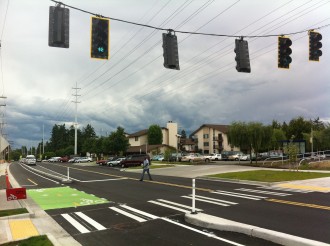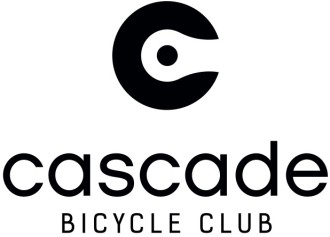
Minneapolis and Hennepin County are reworking their bike plans, and Bikeways for Everyone has been following Seattle’s Bike Master Plan development for ways to “draw lessons from Seattle’s achievements.”
- Get businesses on board: “after they built a protected bike lane in Manhattan, nearby stores saw sales increase by 49%, while the average growth across the borough was just 3%.”
- Talk to — and listen to — stakeholders: “The Seattle Department of Transportation collectively spent thousands of hours meeting with neighborhood organizations, businesses, residents, and other stakeholders all over the city, listening to their hopes and concerns for their neighborhoods.”
- Communicate clearly: “A well-organized public outreach campaign can be ruined by too much engineering jargon.”
- Don’t shame people — entice them: “Building world-class bike infrastructure is just as much about possibilities as it is about problems. Seattle Neighborhood Greenways won supporters in all the corners of the city by promoting improvements that make streets safer for all users. That’s something Minneapolis can get excited about, too.”
Of course, Seattle’s bike plan has not yet been approved by the City Council. Though it sailed through a public hearing with overwhelming support for all but a couple miles of planned bike lanes in December, there are still detractors. The Council will likely take up the plan soon. Stay tuned.













